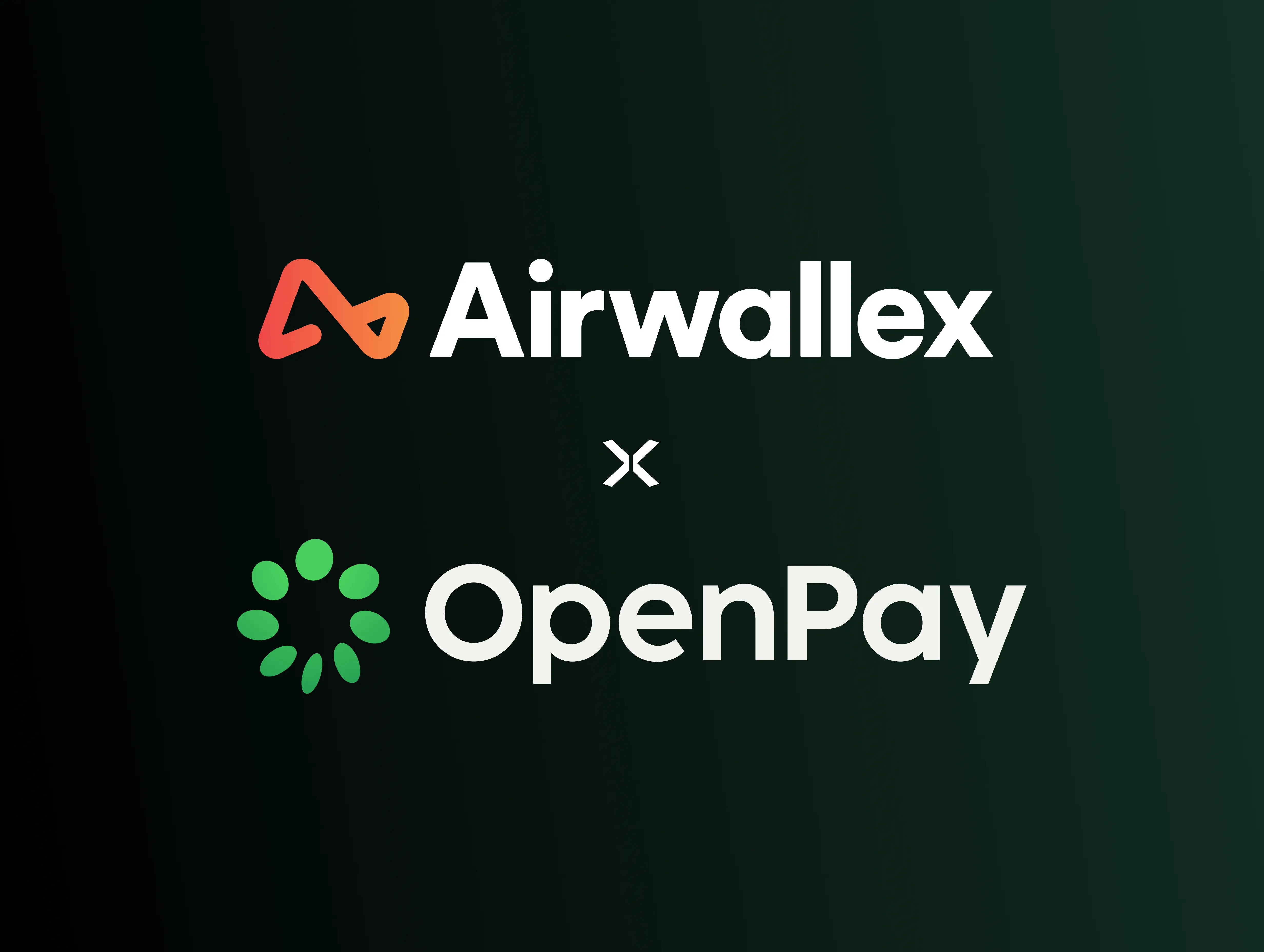The Future of Subscription Payments Is AI
Subscription businesses don’t just lose revenue when a customer cancels. They also lose it when payments fail, trial users slip away before converting, or churn risks go unaddressed. Most teams can spot these problems in their dashboards, but because the data is fragmented, critical moments pass before action is taken. Recovery campaigns launch too late, and high-value customers churn before you can do anything about it.
To address this, companies often rely on a patchwork of tools to track metrics and manually respond. This setup can work early on, but as a business grows, manual intervention can’t keep up. By the time issues surface, it’s often too late, causing delays that compound into millions in lost revenue.
With the help of AI, subscription companies now have the opportunity to be more proactive than reactive.
AI is the New Execution Layer
The promise of AI in subscription payments is automated execution. You don’t need another dashboard telling you what’s wrong - you need a tool that spots issues early, fixes them automatically, and does it before you lose revenue.
When AI is wired directly into billing, recovery, and retention flows, it stops being a passive observer and becomes an active operator, making the same decisions your team would, instantly and at scale.
Take a failed payment as an example. AI can detect it, choose the optimal payment processor, retry at a better time, and keep trying until it goes through. Or, if churn numbers are starting to rise, AI can track patterns to detect who might churn next, and then send tailored emails with discounts and offers to those customers before they cancel.
The End of Siloed Payment
Another advantage of AI is its ability to replace multiple disconnected tools with one fully integrated system. Whenever tools are isolated from each other, gaps form, and those gaps are where revenue leaks happen. For example, your payment processor and your analytics dashboard may operate independently. The analytics platform might detect churn patterns and identify at-risk customers, but it can’t take action without access to your payment system. On the other hand, your payment processor may be able to process transactions, but it can’t use valuable churn insights from your analytics platform to proactively retain customers.
By unifying these capabilities under one AI-powered system, you remove those gaps and act on insights seamlessly from one place.
And beyond preventing revenue leaks, unifying everything under one AI layer solves a major operational headache: managing multiple separate tools. AI automates both the tracking of issues and the fixes, eliminating manual intervention. The result is a self-sustaining revenue engine that’s always learning, adapting, and acting without waiting on your team.












